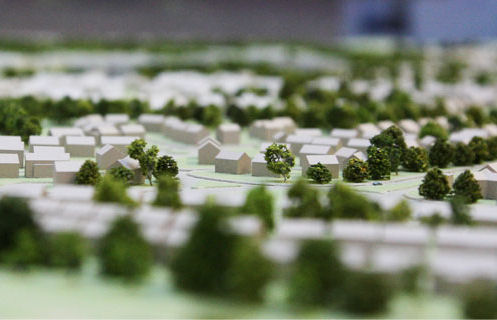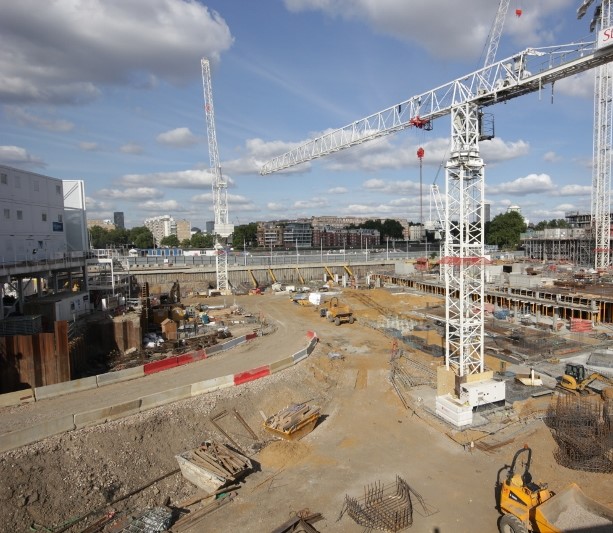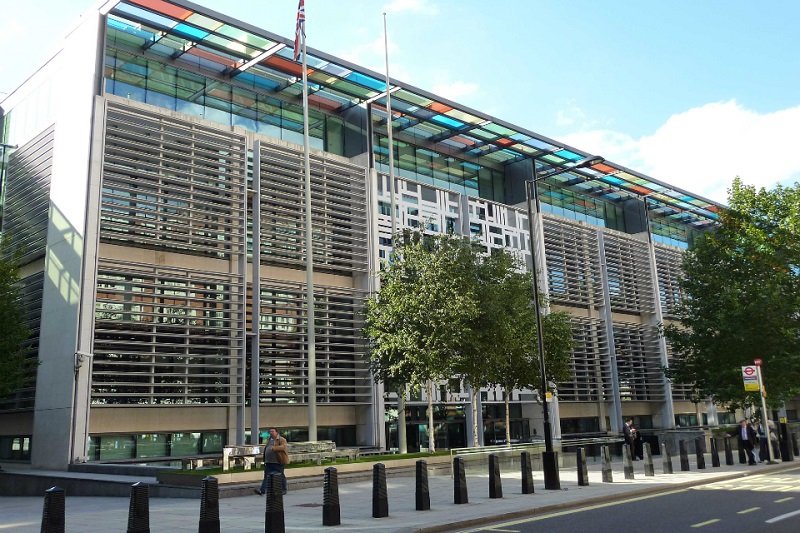Researchers from the University of Sheffield analysed the green attributes of urban city centres such as tree cover, vegetation, and the presence of parks, to compile a comprehensive ranking of city centres in England, Scotland and Wales.
The team found Exeter’s urban centre is the greenest, followed by Islington, Bristol, Bournemouth and Cambridge. Meanwhile, Glasgow was ranked the least green city centre according to the study’s criteria, with Middlesbrough, Sheffield, Liverpool, and Leeds, making up the bottom five.
The findings, published in PLOS ONE, reveal a clear divide between the city centres with the most green attributes all located in the South of England, whilst the lowest scoring cities are ex-industrial areas in the North of Great Britain.

While numerous prior studies have measured greenness of whole cities, including broader suburban areas, this is the first to focus specifically on the heart of city centres, where people tend to spend much of their time on activities such as work, recreation, and shopping.
Trees, vegetation cover, and public greenspaces, including parks and sports fields, have been shown to have positive impacts on biodiversity and human health.
Dr Paul Brindley, Senior Author of the study from the University of Sheffield’s Department of Landscape Architecture, said: “By 2050 nearly 70 per cent of the world’s population are projected to be living in towns and cities. Green spaces have been proven time and again to boost people’s wellbeing and are essential to biodiversity, but nobody has ever looked at how green our city centres are, despite the amount of time individuals spend in them on a daily basis.
“The fact that all five of the greenest city centres are in the South of England, whilst the five city centres with the least green attributes are in the North of Great Britain, clearly highlights the need to urgently improve the greenness of city centres at the bottom of the list, and to ensure that action is taken by local authorities to close the gap.”
Despite Sheffield’s lower ranking for city centre greenness, it is renowned as the greenest city in the country overall, with more trees per person than any other city in Europe. There are 250 public parks and 52 square miles of national park. Work is already ongoing in Sheffield city centre to increase green space, including the construction of the new Pounds Park, Grey to Green schemes along major travel corridors and the planned development of a new public park on the site of the city’s castle.
Dr Brindley added: “Sheffield is a spectacular city for green space with the Peak District on its doorstep and more trees per person than any other city in Europe, however its city centre doesn’t rank highly in terms of greenness compared to other urban centres. This was one of our most surprising findings, and is perhaps due to the city’s industrial heritage and how the city developed.
“This highlights why the study is so important and the vital need to identify green space inequalities even in the least obvious places and promote measures to address them.
“For example, work is already being done in Sheffield’s city centre to bring it inline with the leafy suburbs and vast parks just a short walk away from the heart of the city which make it the greenest overall in the UK.”
In total 68 municipalities in Great Britain with populations of at least 100,000 were ranked for the study. They were analysed via three metrics of greenness: tree cover, presence of greenspaces, and the normalised difference vegetation index (NDVI), which uses satellite observations of light absorption and reflection to measure vegetation cover in a given area.
Following their findings, researchers also uncovered a statistical link between a lower greenness score and higher levels of deprivation. It’s hoped that the results will help inform efforts by local authorities to boost the greenness of urban centres and reduce the disparity between those in the North and the South.
The paper can be viewed in full here.




















